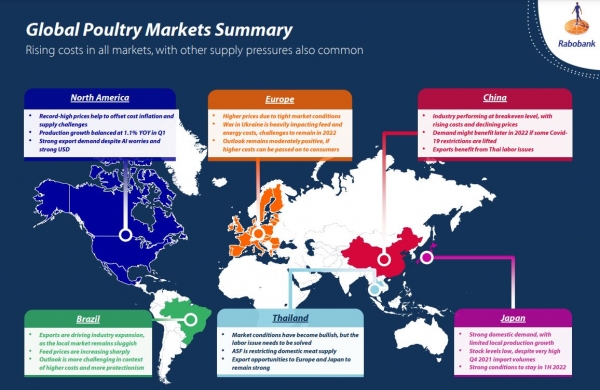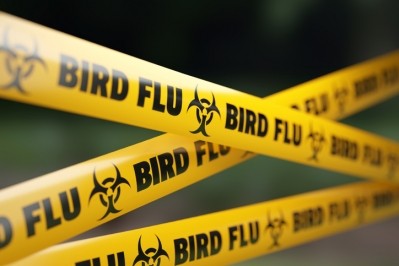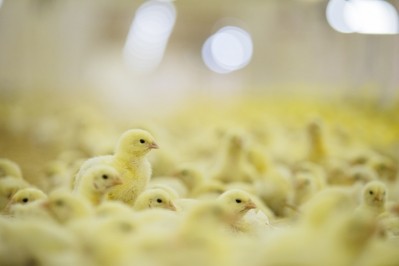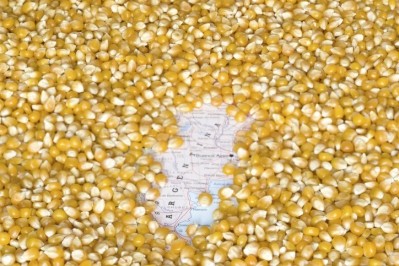Poultry producers face ongoing high feed, energy, transport costs and AI challenges
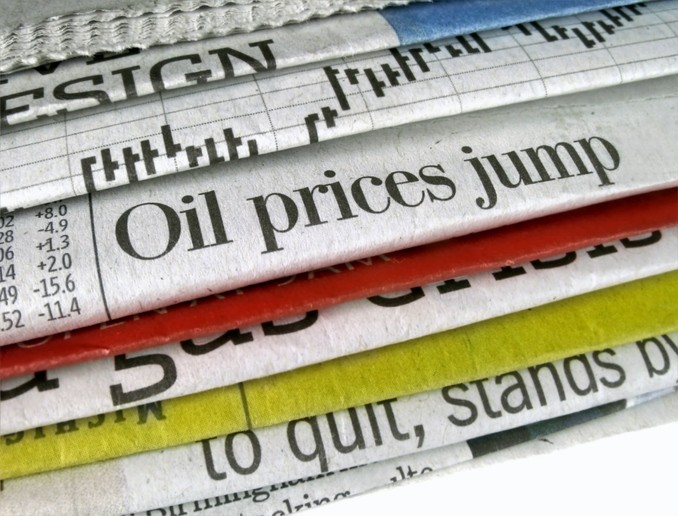
The war in Ukraine has led to an increase of 20% to 40% in global grain prices, finds Rabobank’s latest poultry industry quarterly.
The main hurdles for poultry companies in 2022 will be seen on the operational side, with ongoing bullish feed markets, driven by low levels of global grains and oilseed stocks, high fertilizer prices, La Niña's impact on production in Latin America, especially for soybean prices, and the disruption in trade from the Black Sea region due to the conflict, noted the analysts.
The market is focused on the planting season in Ukraine, which will likely see only half of the level of crops planted compared to normal years. Besides high feed prices, gas, oil, transport, and constructions costs will remain a headache for the sector in 2022.
And the authors expect the poultry industry will have a hard time passing on higher costs to consumers, but more so in developing countries.
Producers in developed markets will be able to better cope as consumers generally have high purchasing power. In developing nations, such sharply rising costs, together with lower purchasing power due to weaker growth and cost inflation, could hit local food and poultry consumption, and potentially lead to regional crisis situations, they warned.
Disease linked constraints
The industry is also impacted by a high-pressure Avian influenza (AI) season.
Europe is facing a particularly acute situation with the highest number of cases in history; Asia and the MEA region are also seeing significant AI numbers. Rising cases in the US, for the first time since 2015, also present new risks for production, according to the report.
The negative pressure on chicken supply is the main impact being felt in the affected markets. This influences exports, which can be suspended by importing countries. The EU, for example, saw exports down 7% in 2021, noted the team.
The number of AI cases should fall in the northern hemisphere by the summer, but markets will remain affected by low supply, they cautioned.
